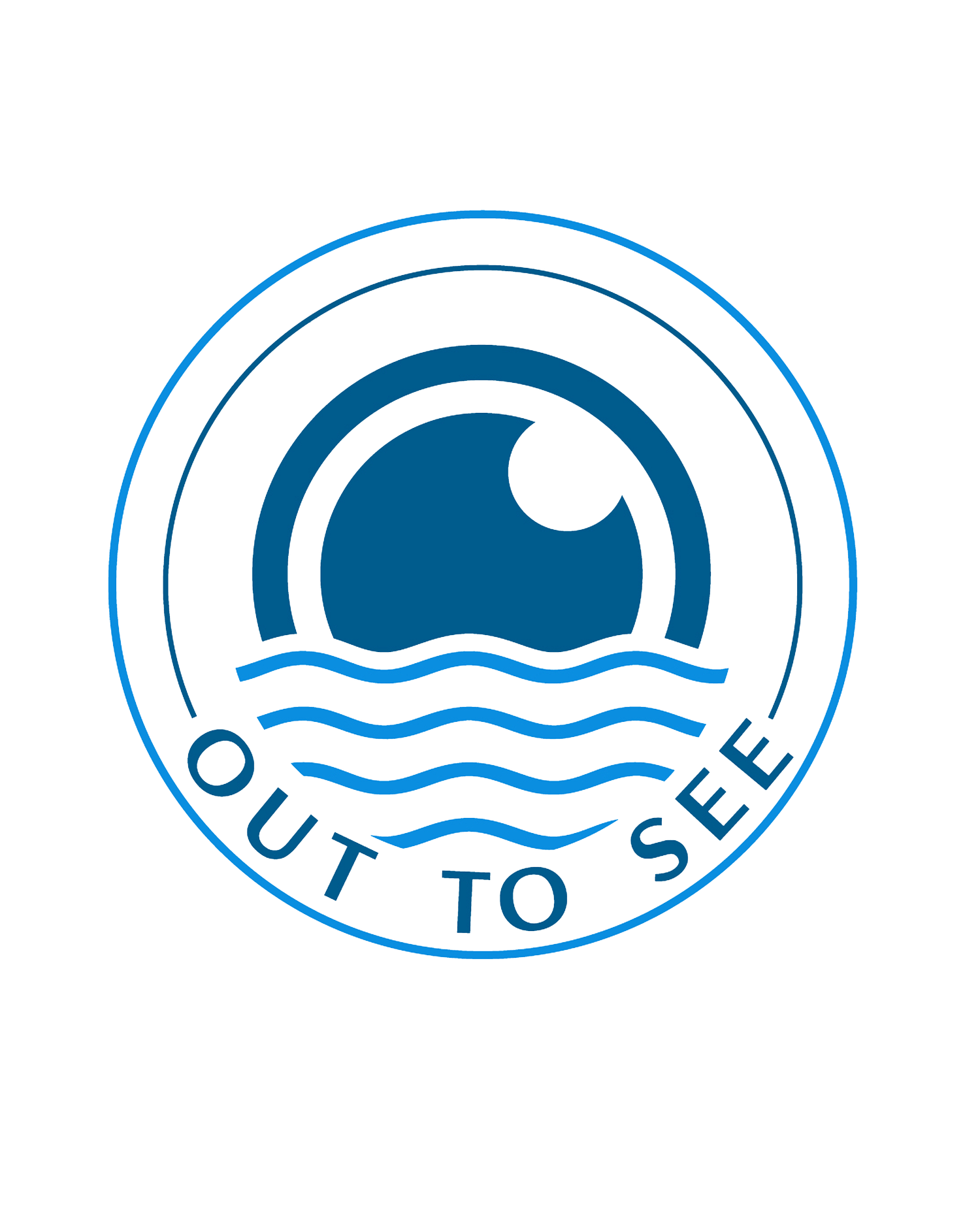Navigating the World of Dry Eye: Causes, Prevalence, and Effective Treatments
Dry Eye Disease (DED) is a condition characterized by a lack of sufficient lubrication and moisture on the eye's surface. This prevalent issue affects a significant portion of the population, particularly in the context of modern lifestyle factors. In this blog post, we will explore the causes, prevalence, and effective treatments of Dry Eye to provide a comprehensive understanding of this condition.
What is Dry Eye?
Dry Eye Disease occurs when tears fail to provide adequate lubrication for the eyes. It can result from either insufficient tear production or poor-quality tears, leading to discomfort, stinging, or burning sensations in the eyes. Certain environments, such as air-conditioned rooms, airplanes, and prolonged computer screen exposure, can exacerbate this condition.
Why is Dry Eye Prevalent?
The prevalence of Dry Eye in adults in the U.S. is estimated at around 6.8%. Factors contributing to its prevalence include sex, age over 50, connective tissue diseases, contact lens use, certain medications like antihistamines and diuretics, and hematopoietic stem cell transplant.
Causes of Dry Eye
1.Decreased Tear Production: Aging, medical conditions like Sjogren's syndrome and rheumatoid arthritis, certain medications, and corneal nerve desensitivity can reduce tear production.
2. Increased Tear Evaporation: Causes include blocked meibomian glands, less frequent blinking (as occurs during screen use or in conditions like Parkinson's disease), eyelid problems, eye allergies, and environmental factors like wind and dry air.
Treatment and Cure for Dry Eye
1. Artificial Tears and Eye Drops: Regular use of nonprescription artificial tears can manage mild symptoms. Prescription medications like cyclosporine eye drops and antibiotics may be used to reduce inflammation and improve tear quality.
2. Punctal Plugs: These tiny silicone plugs are inserted into tear ducts to prevent tear drainage, conserving natural and artificial tears.
3. Special Contact Lenses: Scleral lenses can protect the eye's surface and retain moisture.
4. Eyelid Care: Regular eyelid washing and gentle massage can alleviate symptoms, especially in conditions like blepharitis that block oil flow to the eyes.
5. Dietary Changes: Adding omega-3 fatty acids to the diet may offer relief.
Understanding the complexities of Dry Eye Disease is crucial in addressing its symptoms effectively. By recognizing the causes and leveraging a range of treatment options, individuals can find relief and improve their eye health. Always consult an eye care specialist for personalized advice and treatment plans.
